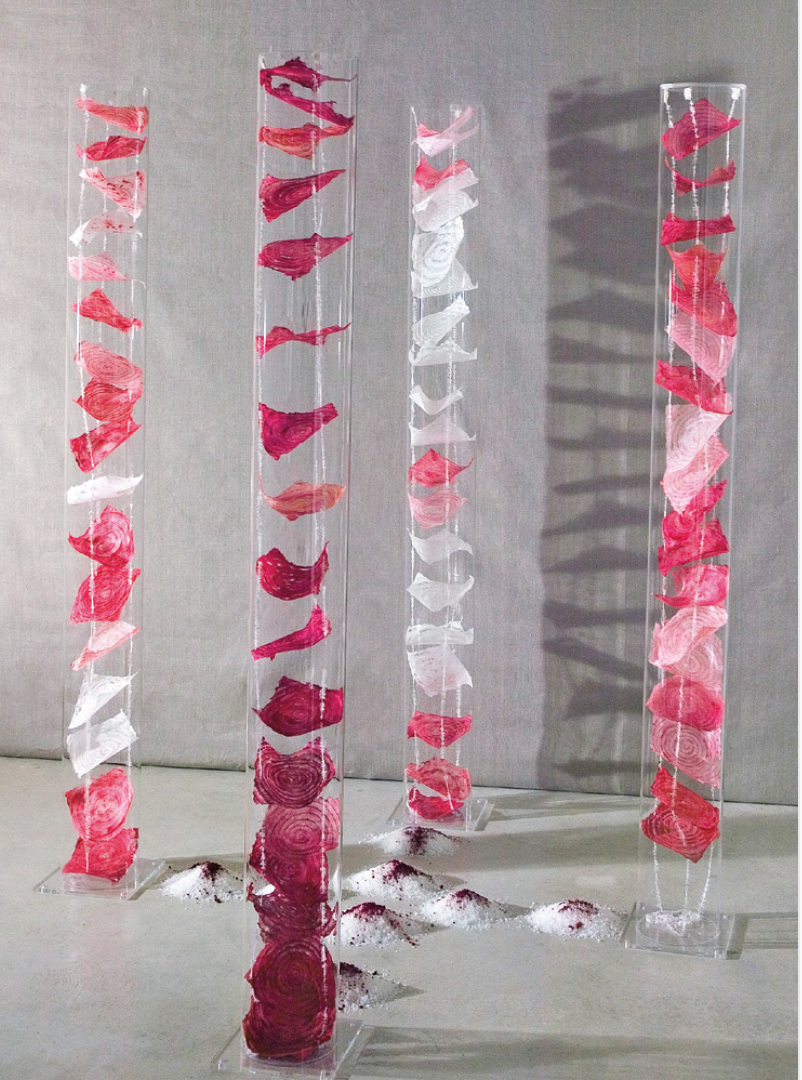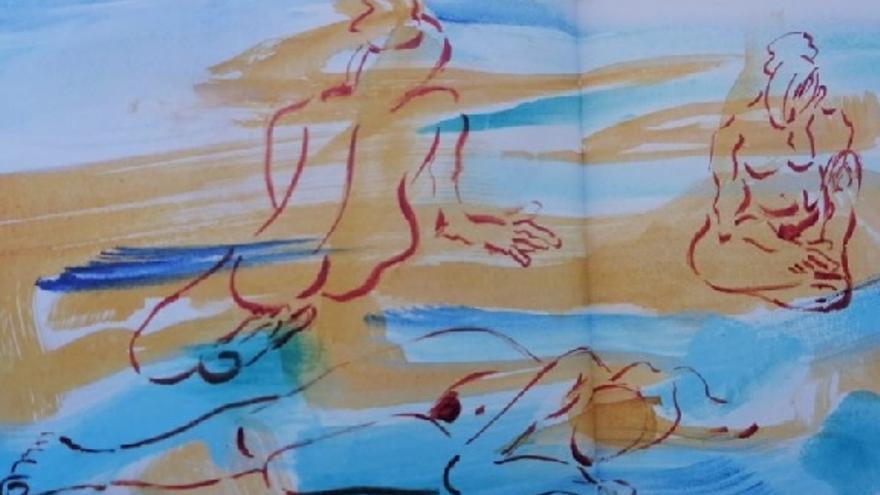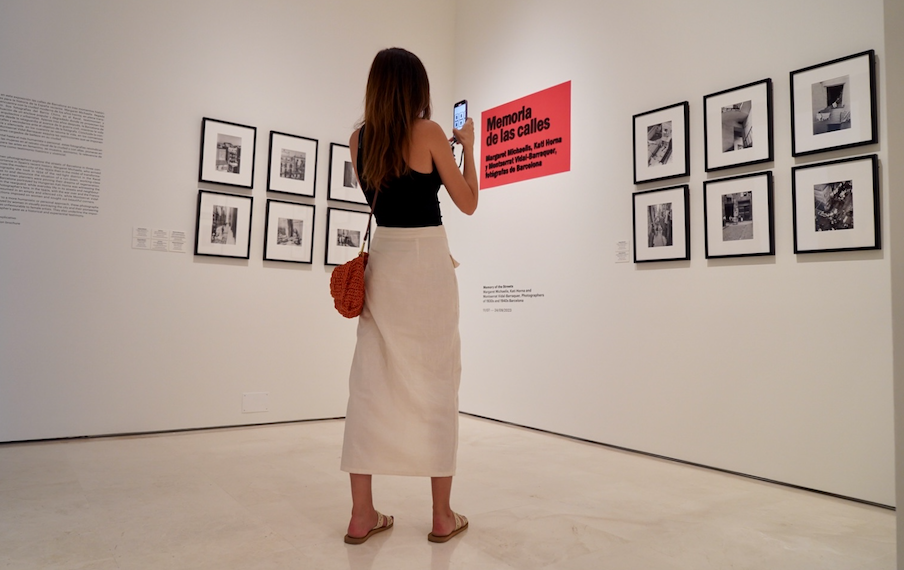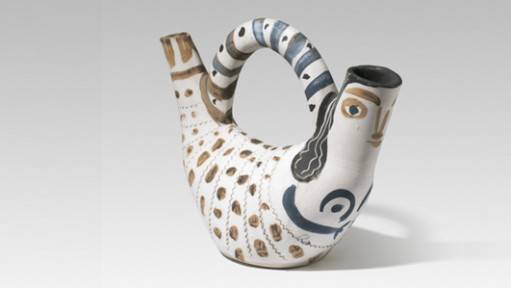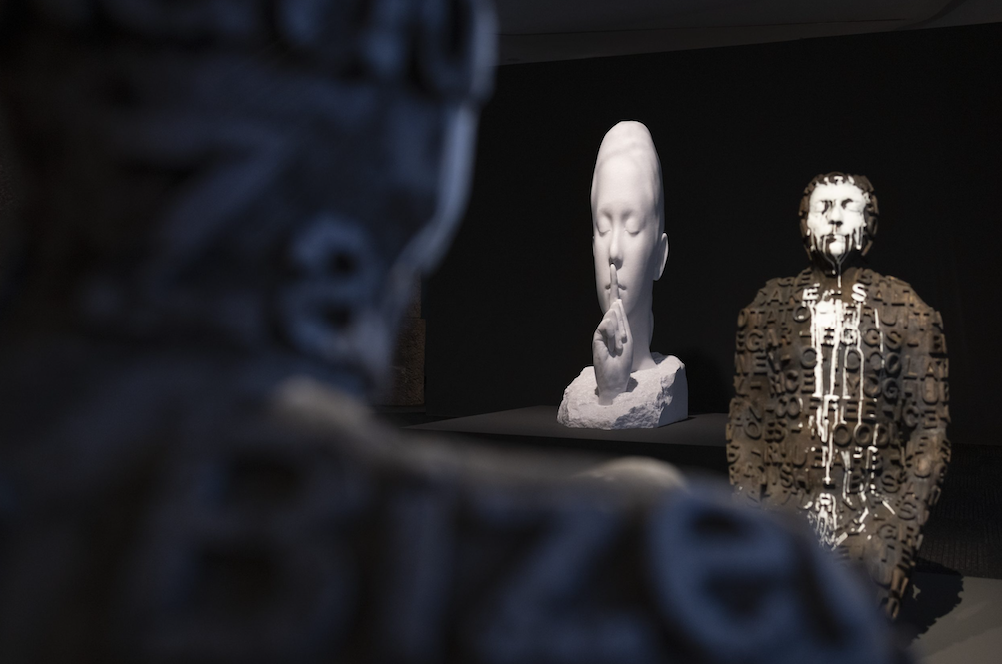
After exhibiting at the Palacio de Cristal, with the help of the Reina Sofia Museum, the three silent figures, in steel mesh, that made up the Invisibles project (2018-2019) and reviewing their trajectory since the eighties at the MACBA (2018 ), Jaume Plensa (Barcelona, 1955) presents La Pedrera Poetry of Silence at the Fundació Catalunya. The exhibition reviews artistic production over the course of four decades with the influence of literature and letters as a guiding thread. His references embrace literature – especially poetry –, music, philosophy, religion and thought.
But his fondness for literature, as an avid reader, is evident in the letters that make up many of his sculptures. With them he aims to make "a tribute to diversity". "A letter doesn't look like anything, it's a humble thing, but together with others it forms words, and words form texts and texts, thought", according to the artist. S. Elliot, William Shakespeare, Dant, Goethe or Vicent Andrés Estellés are some of the writers who have accompanied him and who have served as inspiration for countless works.
It also deals with other themes, such as silence, sleep, desire, music and family, which tell us about man as an individual and as part of a complex and heterogeneous society. For the artist, the true matter of the sculpture is the ideas and the energies that come out of it, and it gives a cry of warning to the current situation. The exhibition, curated by Javier Molins, is made up of nearly a hundred pieces dated between 1990 and the present day.
Plensa considers himself, first and foremost, a sculptor, although his creative process crosses multiple disciplines. The retrospective includes both large- and medium-format works as well as small-format works, with a selection of drawings conceived from a sculptural point of view. "Drawing is a space of freedom", affirms the artist.
Passionate about the relationship between the human body and written language, his works are often composed of letters and words that function as an image of the cells that make up the individual. Since the mid-eighties, the axis on which his creations revolve is in the enigma of the human body and its relationship with the environment, a world in itself that is a receptacle for thought and memory, spirit and emotions, and which he represents in anonymous figures and faces, bearers of a singular identity.
The works are presented mainly in the exhibition hall, but are also distributed in other parts of La Pedrera to establish an intimate dialogue with Gaudí's architecture. Artist and thinker, Jaume Plensa is one of the most recognized sculptors in international contemporary art. He has been called "the sculptor of the soul" because his proposals address the very condition of being: its physical and spiritual essence, the awareness of itself and its past, its moral codes and dogmas and their relationship with nature.





